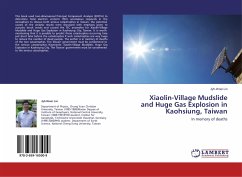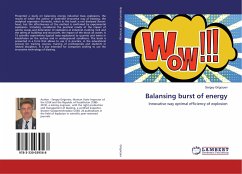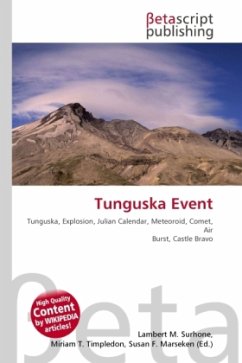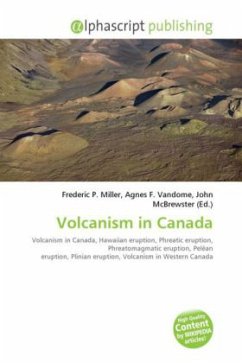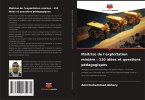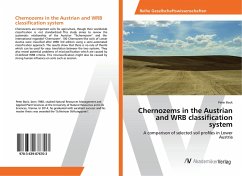Revision with unchanged content. Discrimination between earthquakes and chemical explosions is a significant problem facing many regional seismic networks around the world. Both earthquakes and chemical explosions are sources of elastic waves; therefore, both are recorded by seismic networks. In this study various types of Pg/Sg amplitude phase ratios are explored as discriminants to distinguish between earthquakes and explosions. Amplitude information from 237 earthquakes (1.5mb4.9, 10 916 km) and 247 explosions (1.4mb3.9, 6 752 km) recorded by short period analog seismometers in Eastern Russia were used to calculate amplitude phase ratios of five different types. These ampli tude ratios were analyzed separately in two regions: the Yakutia and Maga dan regions of Eastern Russia. It was found a tendency of chemical explosions to have higher values than earthquakes for all types of amplitude ratios stu died. The best earthquake-explosion discriminants found for both regions allow for the classification of 86-92% of the ratios as being either earth quakes or explosions. This book is addressed to geoscientists, particularly seis mologists and geophysicists interested in the field of seismic signal iden tification.
Hinweis: Dieser Artikel kann nur an eine deutsche Lieferadresse ausgeliefert werden.
Hinweis: Dieser Artikel kann nur an eine deutsche Lieferadresse ausgeliefert werden.


